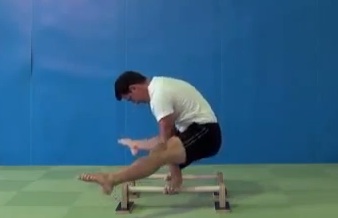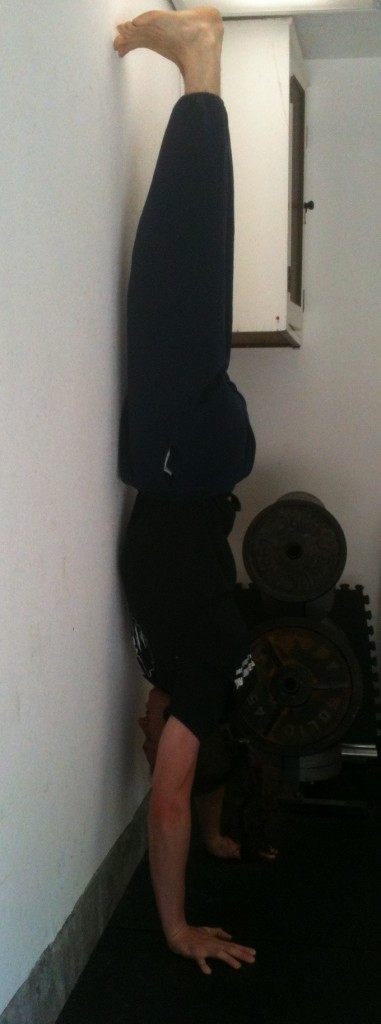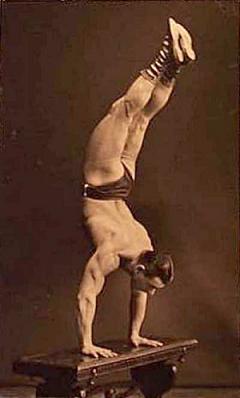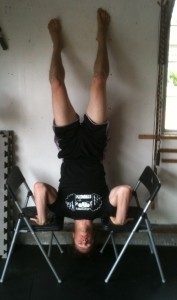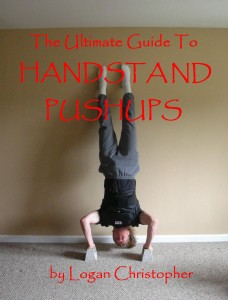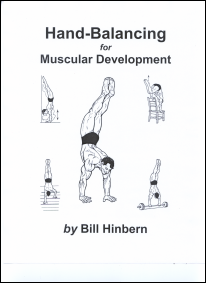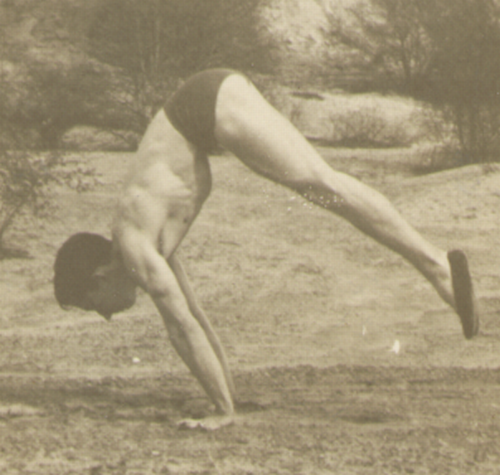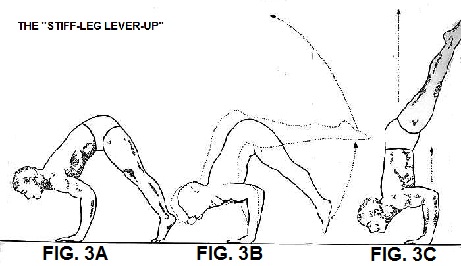Sirsasana is another name for the Yoga Headstand, which is a challenging posture within the inversion category. Other inversions include postures such as the handstand, the forearm balance and the shoulder stand. There’s a wide array of benefits to be had from learning how to do a headstand in yoga, but one should never attempt a headstand without taking the time to properly learn the correct alignment and setup for this particular yoga pose.
Preparation and Alignment
To get prepped and aligned for the headstand, get into your hands and knees.
- Lower onto your elbows, making sure your elbows are under your shoulders and your knees are under your hips. Bring your hands together, and interlace your fingers, making sure to tuck under your outer most pinky.
- Lower the crown of your head down and place it on the floor, cup your head with your interlaced fingers.
- As if you were coming into the downward facing dog position, bring your hips up over your shoulders by walking up towards your head.
The Full Headstand
Now that you’re prepped and aligned, you are most on your way to learning how to do a headstand yoga. All that is left is to go into the full headstand.
- Bring your knees and bring them in towards your chest while lifting both of your feet into the air.
- Allow yourself to stabilize, and then straighten your legs. Do your best to bring both of your legs up at the same time.
- Push up into the balls of your feet and turn your thighs inwards just slightly.
- Push down deep into your forearms.
You should try to hold the pose for at least 10 breaths count. Congratulations, you just learned how to do a headstand yoga! To get yourself out of this pose safely, just slowly lower each leg one at a time on to the floor.
Benefits and Risks
There are both physical and mental rewards to the yoga headstand. You’ll find that this pose will increase strength in your arms and legs, as well as positive effects on your pituitary glands and lungs. Some claims state that the headstand pose can alleviate stress and depression, by changing your outward perspective of things. It is a fact that the act of acting against the gravity helps with the cleansing of our intestines. However, if you should suffer from high or low blood pressure, a heart condition, or back/neck injuries, you should not attempt this pose. People without sufficient upper body strength can also compress their spine and damage their body in doing this pose. Make sure that you are totally prepared and capable before attempting the yoga headstand.



